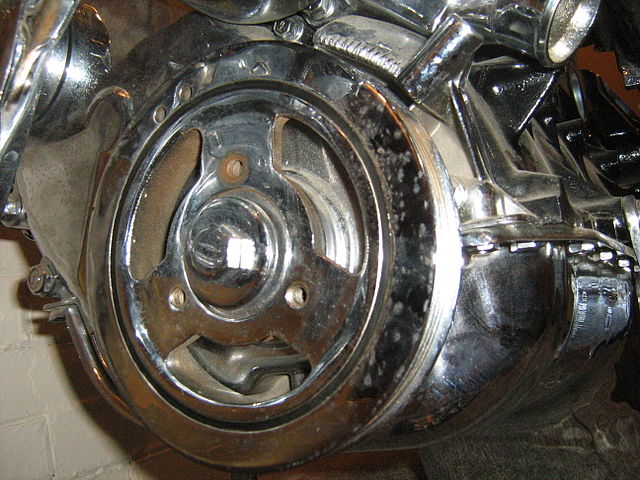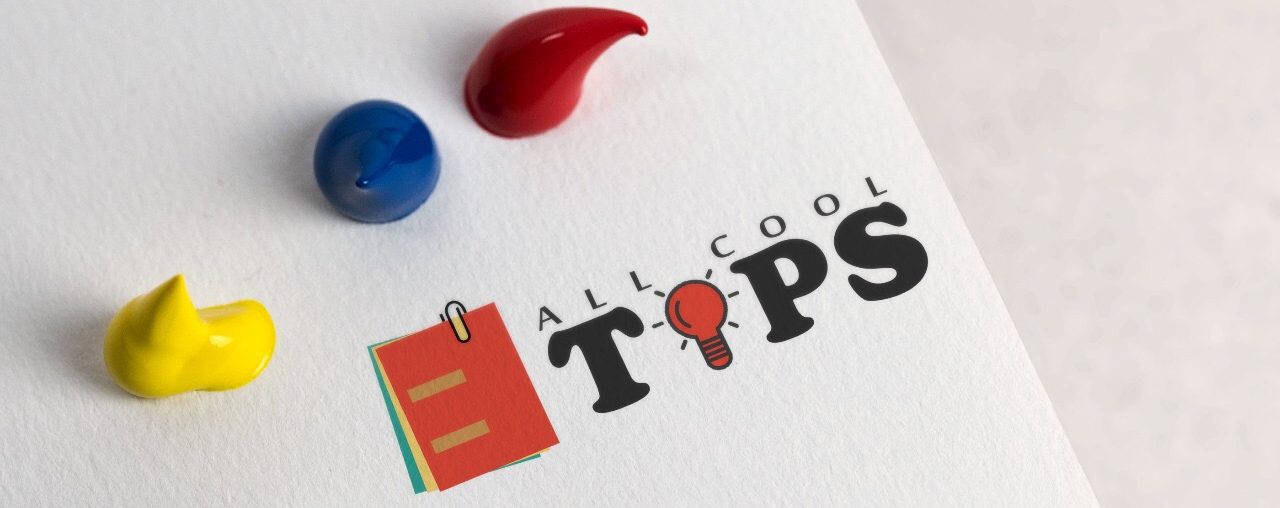To the uninitiated, a “harmonic balancer” may sound like some spaceship part from a B-grade movie. To a mechanic, however, it’s a special part of every engine made. Here’s what it does:
As the cylinders in your engine fire, they move the pistons up and down which generates energy that is transferred to the crankshaft. As you may already know, the spinning crankshaft drives a car’s transmission which is connected to the wheels of the car.
But consider for a minute the forces that are acting on the crankshaft — they’re enormous. Each time a cylinder fires, a piston is driven down on the crankshaft, causing it to twist and this twisting force can cause the crankshaft to “resonate” at certain frequencies. What engineers do is put a special device called a Harmonic Balancer on crankshafts to smooth things out a bit.
A harmonic balancer is a circular device, made of rubber and metal, and is bolted at the front end of the crankshaft. It’s usually connected to the crank pulley, which drives engine accessories like the alternator, water pump and air conditioner. The secret sauce of a harmonic balancer is just the rubber part. It’s what actually absorbs the vibrations and keeps them at a safe level.

However, the rubber material inside a harmonic balancer can deteriorate over time. If this happens to your harmonic balancer, you could get rough engine vibrations or even a failed crankshaft over time. Many mechanics suggest that replacing a harmonic balancer before failure is a good idea.
Harmonic Balancer Replacement
Replacing a harmonic balancer isn’t a casual repair. For those that love a challenge, here’s what you need to know.
There’s good news and bad news. First, the good news: Installing a new balancer isn’t too difficult. And now the bad news: Getting the old one off the crankshaft is not. Making it worse is that harmonic balancers can be located in tight areas in your car and you usually need a special tool.
The tool is called – ready for this- a harmonic balancer puller. Sometime called gear pullers, these are special tools that a used to pull things, like harmonic balancers and pulleys, off of tapered metal shafts. If you are going to change a harmonic balancer and elect to buy one, they generally cost $40-$60.
Every engine is different, so if you are going to change the harmonic balancer on your own car, you’ll probably want to search around on the web to see how it’s done. Chances are pretty good that you’ll find a video somewhere.
Looks Difficult
In some cars, replacing a harmonic balancer is pretty difficult and is best performed by a professional mechanic. They don’t often fail but some mechanics will replace them when they replace an engine’s timing chain. In that case, “let the mechanic do it.”
Article Courtesy: Mike Anderson Chrysler Dodge




